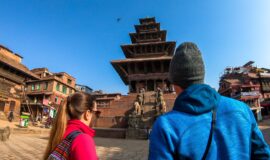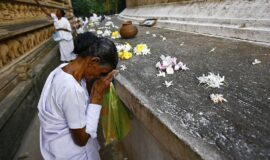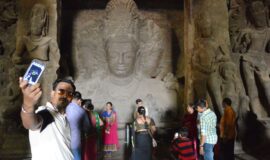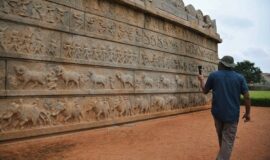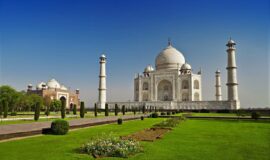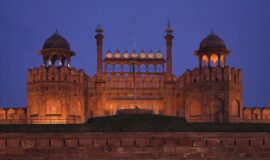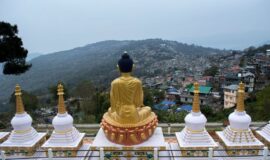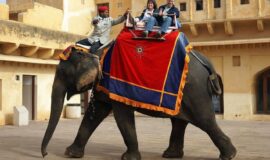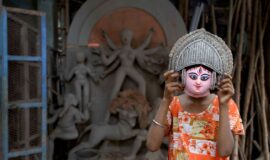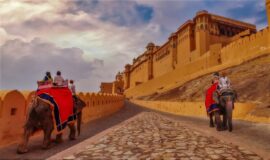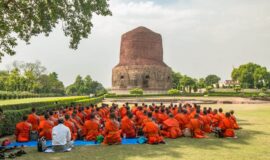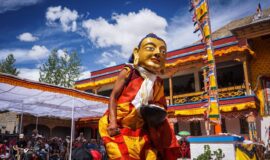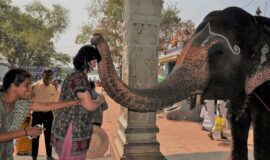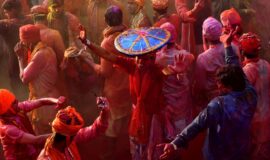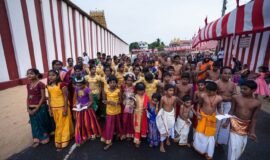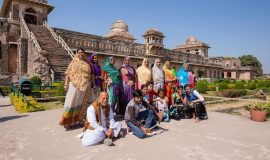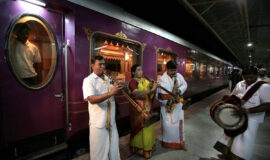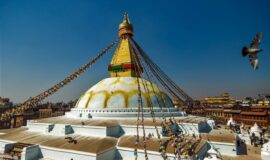Jantar Mantar Solar Observatory, Jaipur
Entry of Jantar Mantar in the UNESCO World Heritage Site List
The Ancient Observatories of India
Interesting Facts
The thought behind Jantar Mantar in Jaipur
Jantar Mantar: An Insight into the Name and the Instruments
The Most Prominent of the Yantras
Travel Tips
Astronomy is an observational science. An astronomer observes the heavens and tries to interpret what he/she sees. So, anything that helps in the process of observation is useful. That is why astronomical instruments have assumed so much importance. Four hundred years ago, Galileo Galilei first used the telescope for observations. Since then, the telescope and astronomy have become inseparable.Astronomy is, however, much older than the telescope and there were several millennia of astronomical observations done with the naked eye. However, there were instruments used to aid the human eye. In the context of the Indian tradition two, namely the clepsydra and the sundial, can be highlighted. The Surya Siddhanta, (XIII. 23) for example, describes how the former is made, “A copper vessel, with a hole in the bottom, set ¡n a vessel filled with pure water, sinks sixty times in a day and night, and is an accurate hemispherical instrument.” In short, ¡t is an attempt at accurate time measurement. The measurement of time is of importance to a watcher of the heavens, as a lot of information can be gained by timing celestial events.
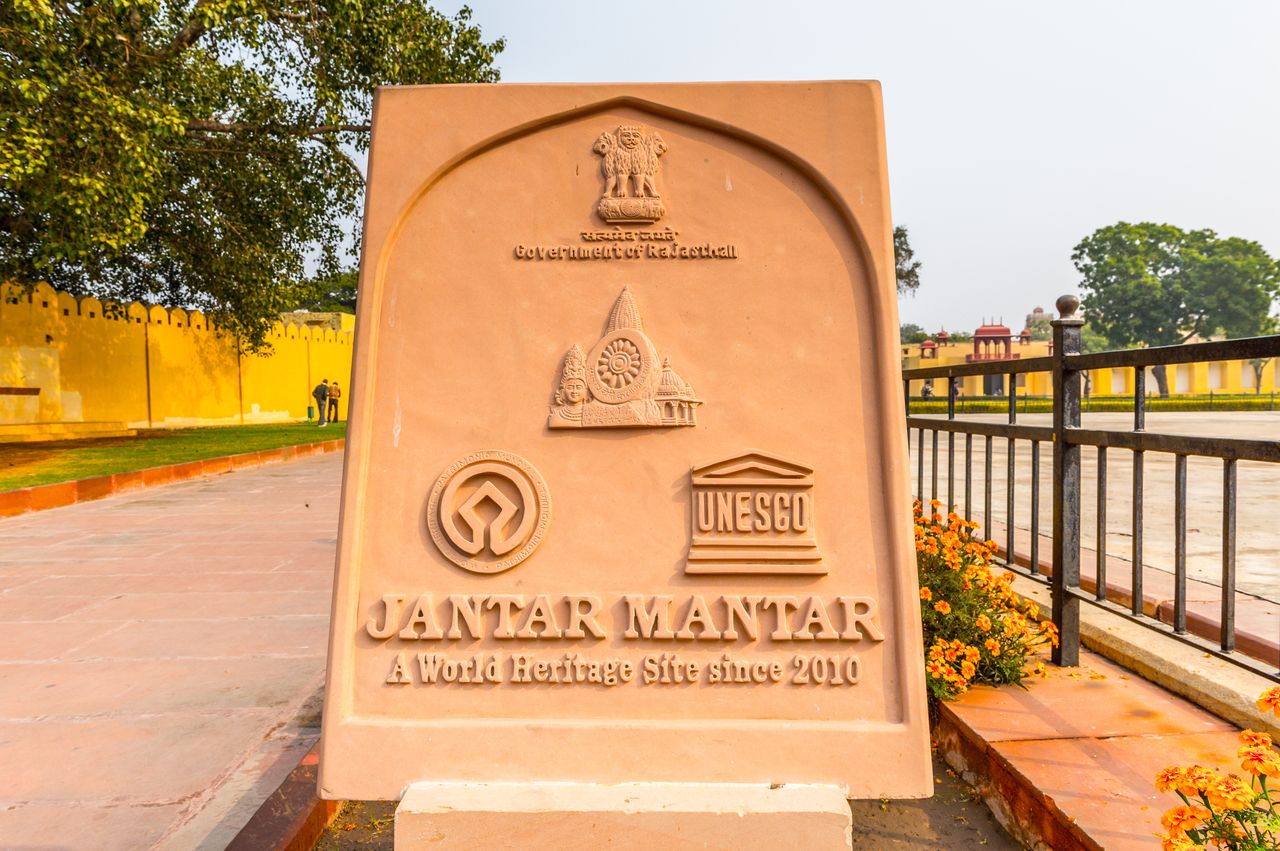
The Pink City, Jaipur, has to its credit innumerable monuments that can put the best of our modern architects to shame. Perhaps the most fascinating of the structures in this beautiful city is the 18th century observatory, Jantar Mantar. Until the beautiful Amber Fort was declared a UNESCO World Heritage site, Jantar Mantar was the only one recognized by the world body. It is no surprise that this mix of great architecture and scientific prowess is a major attraction. The structures inspire a sense of appreciation for the people who built these instruments and the amount of astronomical knowledge that they possessed.
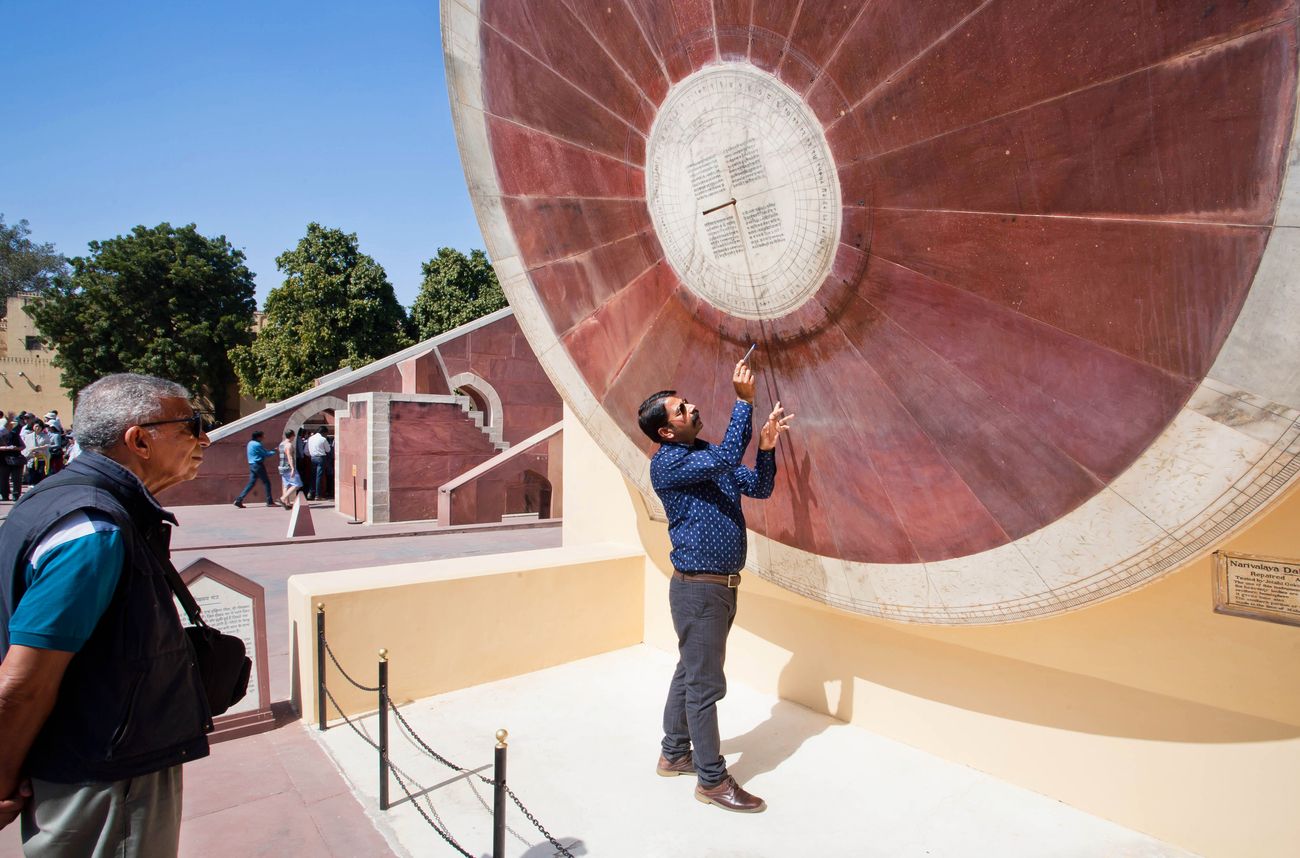
One of the astronomical instruments in Jantar Mantar, Narivalaya Yantra. It is an equatorial sundial consisting of two plates that measure the local solar time. The circular plates are for use during summer and winter respectively, for a period of six months each. By looking at the shadow of a small rod in the center of the ring, parallel to the earth’s axis, one is able to read the time
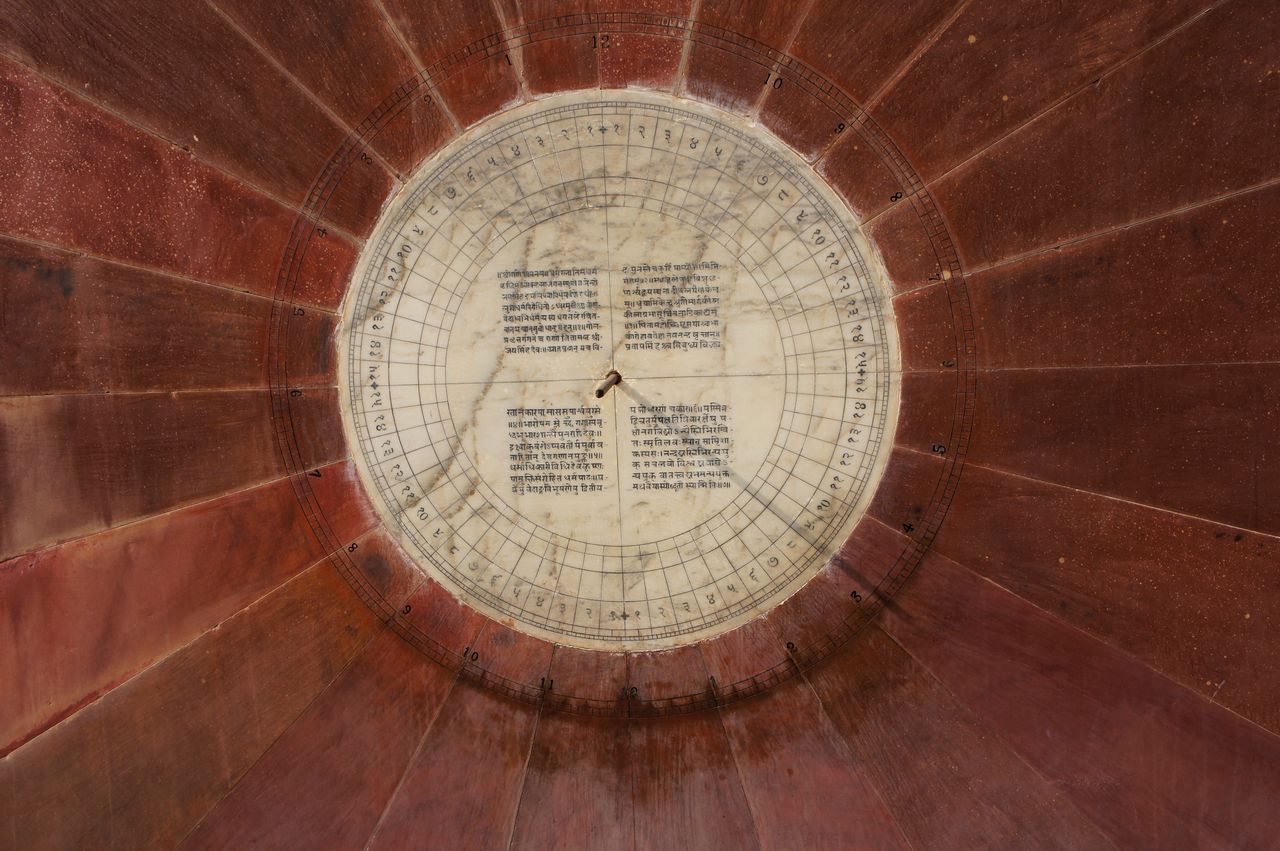
The southern dial of the smaller of the two Samrat Yantras, instruments that measure the height of the sun in the sky, has inscriptions in Sanskrit which relates the conservation and renovation of the Narivalaya Yantra. First, Lord Ganesh is mentioned after which the purpose of the astrological instrument is made clear. The following script acknowledges its earlier builder’s thirst for knowledge and lastly it gives details of its renovation © BAO-Images Bildagentur / Shutterstock
Entry of Jantar Mantar in the UNESCO World Heritage Site List
The 2010 meeting of the World Heritage Committee in Brasilia recognized two astronomical heritage structures and they were accepted into the UNESCO World Heritage site list.
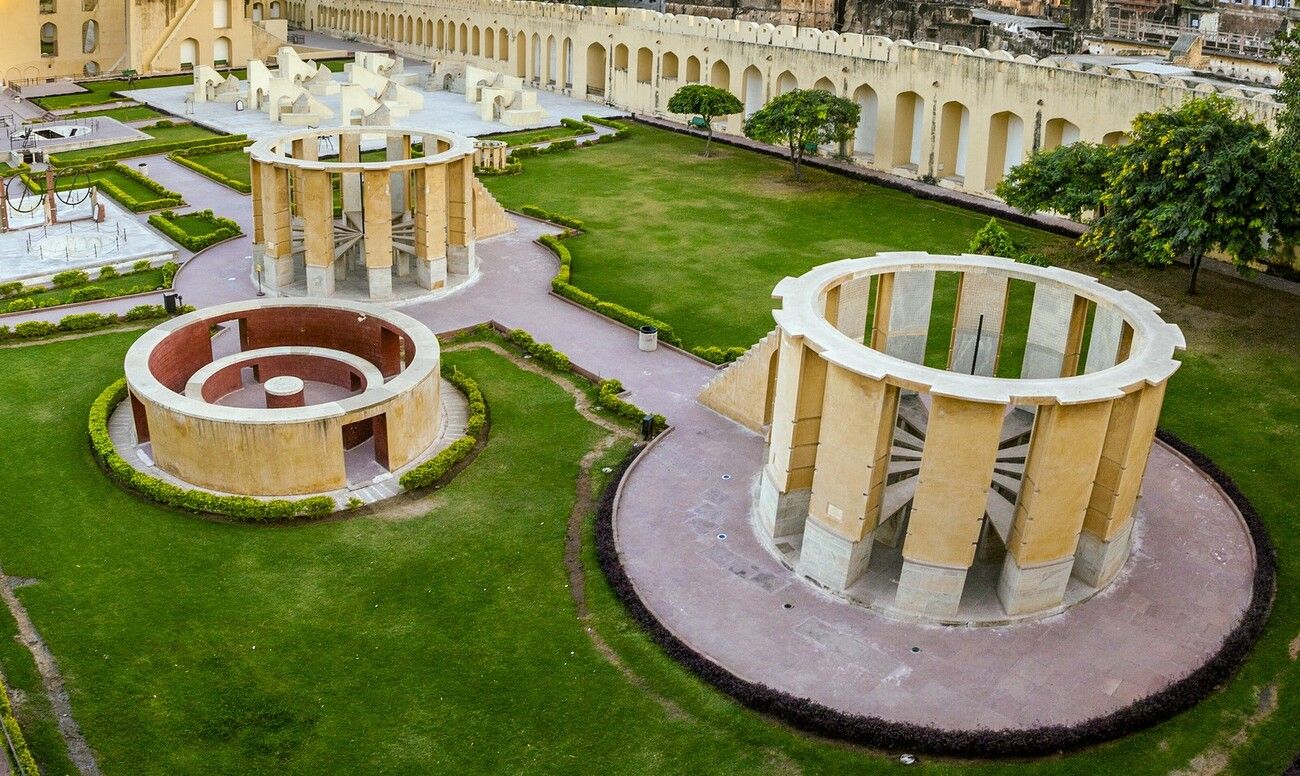
The Rama Yantra are two round, open-topped structures with a post in the middle of each, and with surrounding walls of equal height as the posts. This measurement is also equal to the radius of the structures. Inscriptions on the interior surfaces of the walls and the floors show scales with angles to measure the azimuth and altitude of celestial bodies In order to determine the position of an object in the sky three measurement have to be aligned, namely that of the celestial object, the top of the post in the center of the Rama Yantra and the point on the floor or wall. When the sun is out, its position can be measured by looking at the position of the post’s top shadow on the wall or floor. At nighttime, when no shadow falls, the alignment includes a planet or star, the top of the post and the use of a sighting guide. The chest high raised floor is not solid, but has thin triangles converging at the center with openings between them, allowing for easy movement and sight upwards from the inscribed surface by the observer. The most accurate readings, up to an accuracy of ±1 inch/30.5cm can be made where the floor and wall meet and the inscriptions are at their widest with an altitude of 45 degrees. The accuracy will diminish to ±1 degrees for readings of more than 45 degrees near the base of the post.
The first was, of course, Jantar Mantar in Jaipur, which also boasts the distinction of being the biggest astronomical observatory in India. The Heritage list describes Jantar Mantar as “an expression of the astronomical skills and cosmological concepts of the court of a scholarly prince at the end of the Mughal period.” Jantar Mantar promises to be an amazing adventure like none you have ever experienced before. Its instruments, which look like giant, abstract futuristic sculptures, are actually highly sophisticated devices that could, among other things, mark time accurate to one second.
The second astronomical heritage site that made the list was China’s Dengfeng Observatory, which was built in the 13th century. It is described in the list as “Historic Monuments of Dengfeng in The Centre of Heaven and Earth”.
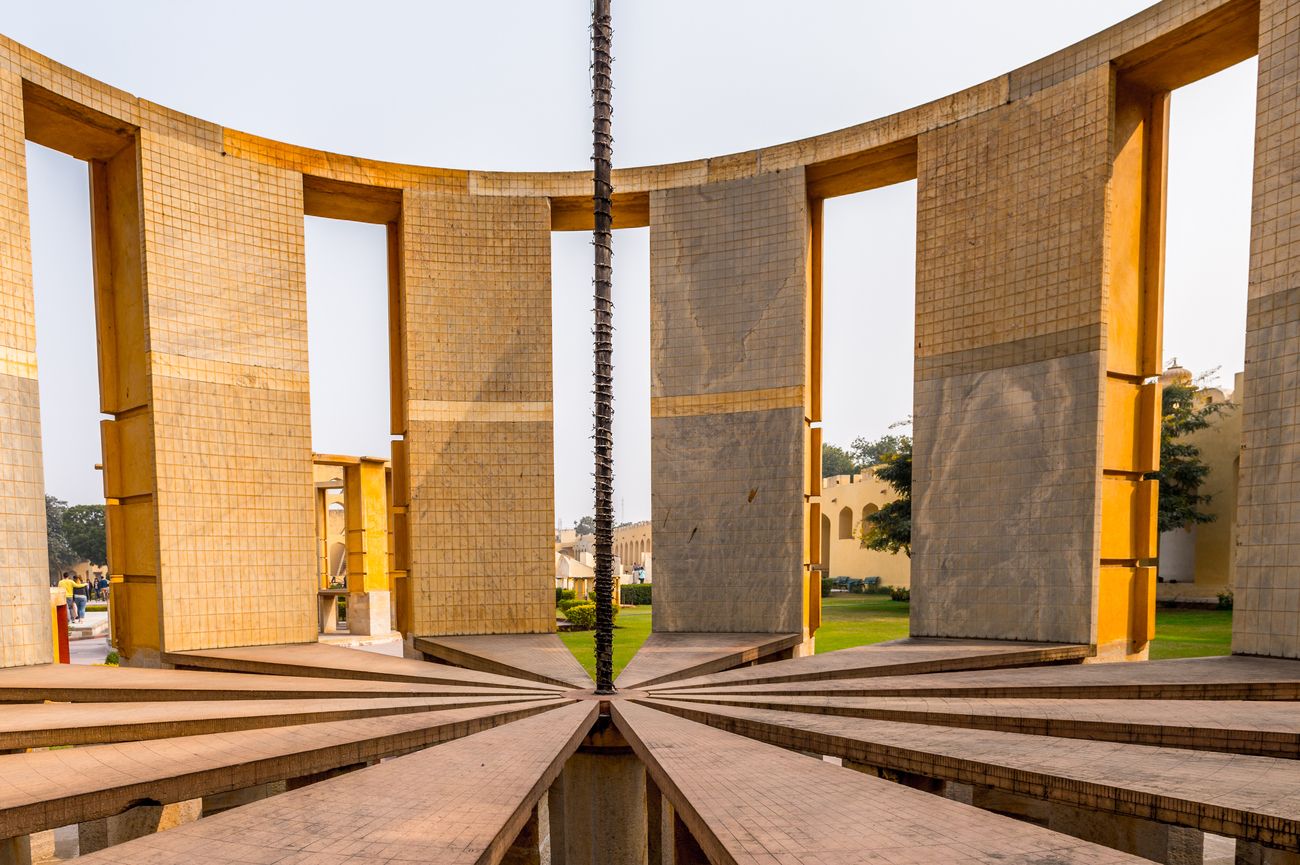
Pictured above is the iron post in the middle of a Rama Yantra with the triangular spokes fanning out to the walls. This astrological instrument is ingeniously simple; all one has to do, is read the numbers inscribed incrementally on the floor, as well as the ring on top and the walls. The two Rama Yantras work complementary; when the shadow misses the spokes on one instrument, it can be observed on the other one © Anton Ivanov / Shutterstock
The Ancient Observatories of India
It was Maharaja Sawai Jai Singh’s (also known as Jai Singh II) penchant for astronomical science that gave birth to numerous observatories throughout major ancient cities of India, although none match the size, accuracy and complexity of Jantar Mantar. Nevertheless, open air solar observatories were also created in Delhi, Varanasi, Ujjain, and Mathura. Although the invention of the telescope and its use for astronomy were well set in Europe, there was no indication of this revolution at Jaipur.
Jai Singh instead opted for the earlier tradition of huge masonry instruments. Raja Sawai Jai Singh, born in 1686 in Jaipur in the state of Rajasthan, owed allegiance to the Mughal ruler at Delhi. Apart from being a soldier and a diplomat, Jai Singh had a great interest in astronomy, which was unusual for a ruler of those times. The King Jai Sigh was heavily influenced by the Islamic thought of astronomy and even studied under the great astronomers of the time including Hindu and European experts. He was even influenced by the Greek Ptolemy and the Frenchman Phillippe de la Hire. But it was Ulugh Beg, the Turkish royal astronomer who in the 1400’s erected an observatory in Samarkand that delivered the most accurate results, whom he most admired. He wrote an extensive treatise on astronomy and in the introduction explained that since no-one since the Turk has made any worthwhile contributions to the field, he decided to tackle it himself and promptly sent agents to gather all the most innovative instruments used by Europeans and Islamic astronomers of the time. Amazingly he discovered discrepancies in existing astronomical charts. For example, he found a discordance of half a degree in the position of the moon and planets in the work of Phillippe de la Hire, the French astronomer. He was highly critical and not afraid to state his point. On one occasion he wrote, “Ptolemy is a bat… the demonstrations of Euclid are an imperfect sketch of the forms of his contrivances.” According to him the problem lay with the mechanical restrictions of the astronomical instruments they used. Their small size made them inaccurate and their moving parts meant unreliable readings. Gigantic stone, marble and masonry instruments, instead of the usual brass ones were the answer and that is exactly what he set out to build. Raja Sawai Jai Singh took the best from all the schools of thoughts and created something that was unique and more complex. Some of the instruments found in Jantar Mantar are completely unique, which makes the whole thing even more enticing.
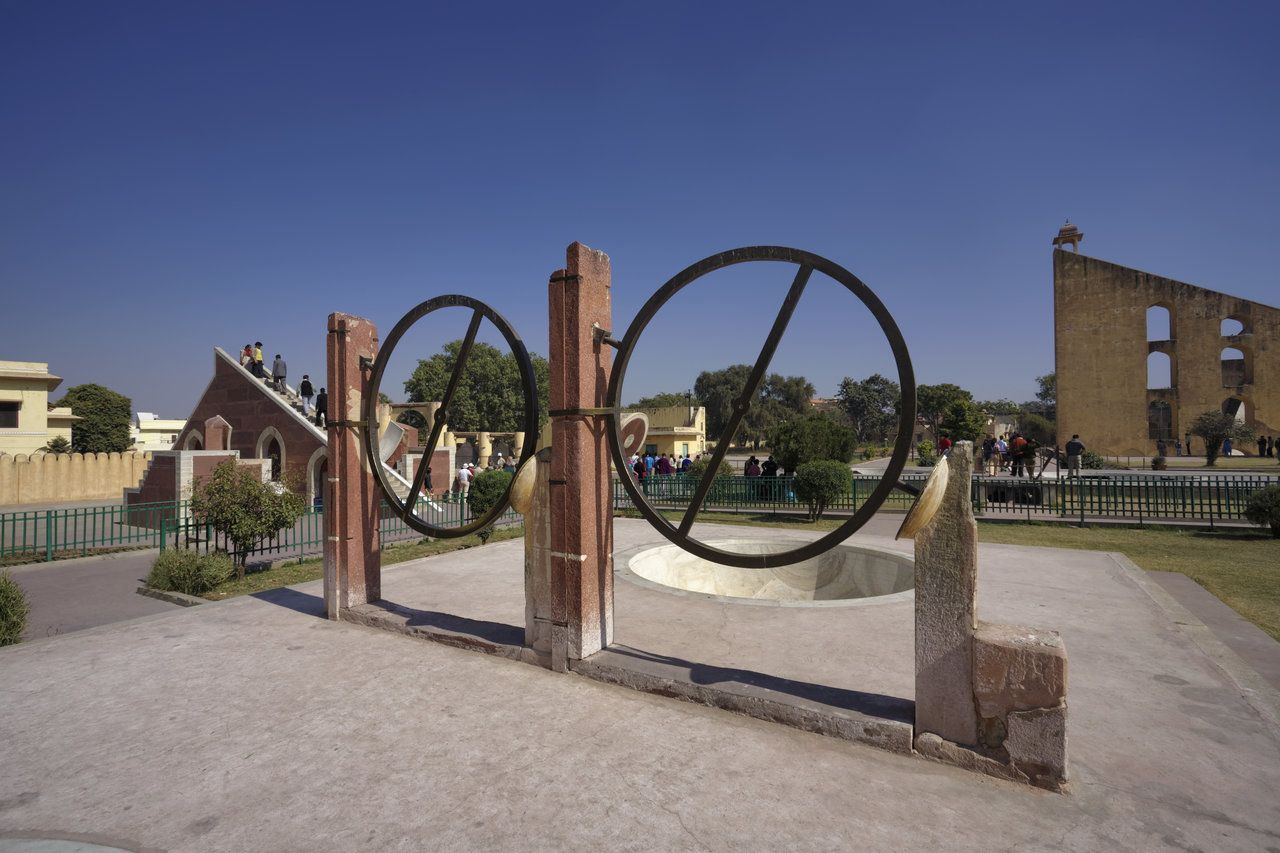
Chakra Yantra consists of four hemispherical open disks to provide the sun’s declination at four specific times during the day. The instrument is more a calculator than an instrument or observation. It has a post which casts a shadow, enabling the readings, and the data obtained reflects 12 noon at four different observatories, namely Zurich in Switzerland, Greenwich in the UK, Saitchen in the Pacific Ocean and Notke in Japan. Chakra Yantra therefor gives the local time in different parts of the globe. In the picture one can see Kapali Yantra, one of two semicircular shapes in the ground that stands on both sides of the Chakra Yantra © Angelo Giampiccolo / Shutterstock
Interesting Facts
Spreading Fame: As soon as the Portuguese Viceroy in Goa learned of Raja Sawai Jai Singh’s unique astronomical installation, he promptly sent an envoy in 1729 to observe and study it. As its reputation spread, German and French priests, astronomers and scholars also traveled to Jaipur. Raja Sawai Jai Singh’s Portuguese friend, the priest Manuel de Fiqueredo provided him with the most up-to-date astronomical instruments and texts in Europe and using his monumental stone instruments, he was able to pinpoint inaccuracies in the famous charts of Phillippe de la Hire. The Frenchman, like other astronomers of the day, only used mechanical brass instruments and thus Raja Sawai Jai Singh proved both the accuracy of his own stone instruments and his argument about its better performance.
Manuscript on Astronomy: Together, the City Palace Museum of Jaipur and Jantar Mantar house a unique historical body of 17th century manuscripts on the subject of astronomy, as well as an eclectic assembly of instruments used at the time from all over the world.
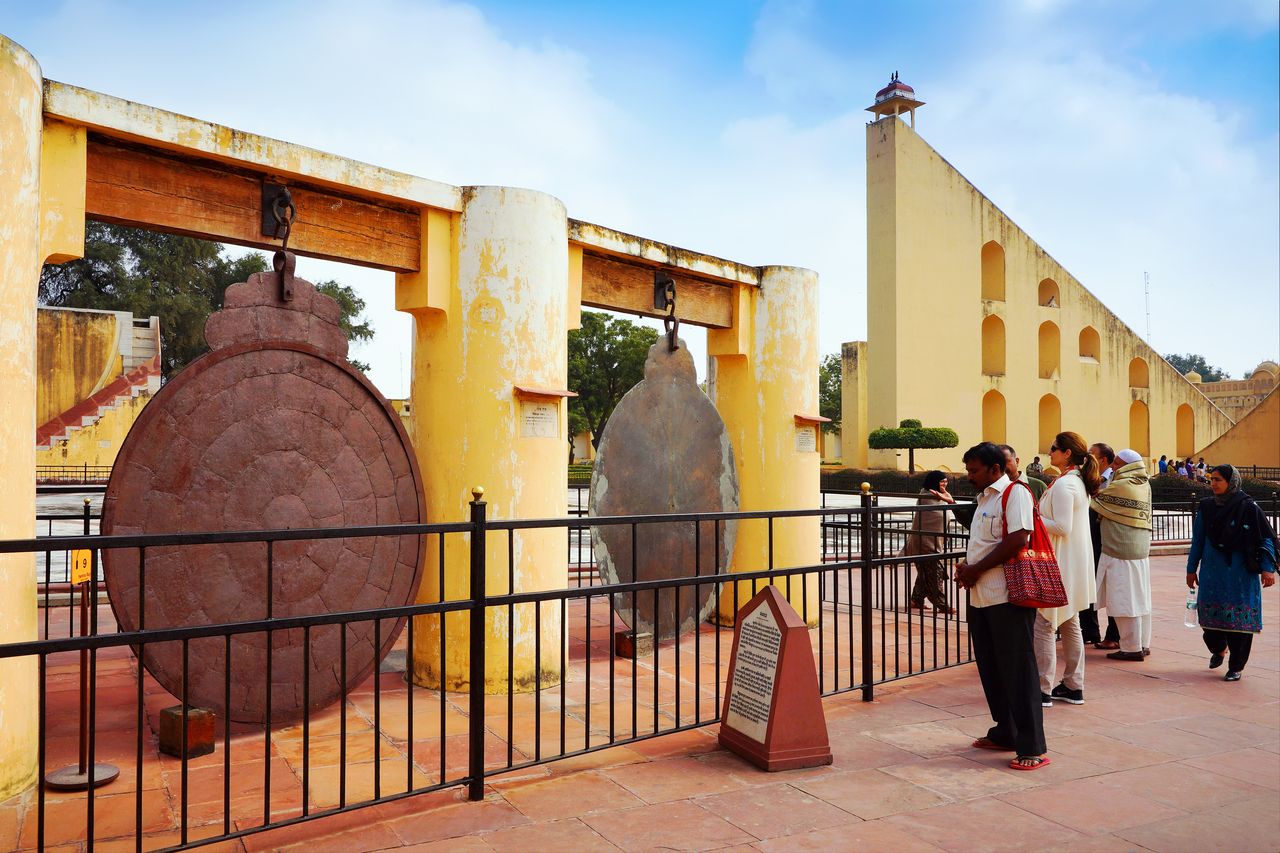
Raja Sawai Jai Singh’s proudest possession, the Raj Yantra with a map of the Nakshatras, the lunar mansions in Hindu astrology and Indian astronomy
A King Among Instruments: In the 17th century astronomical world, the 7ft/2.1m wide astrolabe was the most admired and sophisticated instrument. On this large disc a celestial map was engraved. Raja Sawai Jai Singh got hold of one of these coveted instruments and named it ‘The King of All Instruments’ or Raj Yantra. It was his most valued possession and he continued to write two books on its use and principles.
The thought behind Jantar Mantar in Jaipur
What Raja Jai Singh established was nothing short of a scientific program. He endeavored to revive the ancient Islamic zīj table. He used it to mark the precise hours in Jaipur and also to create a perfect calendar. From the Ptolemaic tables, he ventured into applying cosmological vision to perfection. The instruments were created purely on facts and predictions of astronomy.
There was a social reason as well behind the creation of Jantar Mantar, the foremost of which was the prediction of the monsoon. It must be understood that India has historically depended on monsoon rains for agriculture. The findings were also used in the creation of almanacs. In a way, Raja Jai Singh, through his efforts, brought about an amalgamation of Hindu, Persian and Islamic knowledge for social good. The intent behind the creation of Jantar Mantar was a mix of religious beliefs, interest in science, social control, and the intrigue of cosmology, and had a significant place in the culture of Rajasthan, which continues to date.
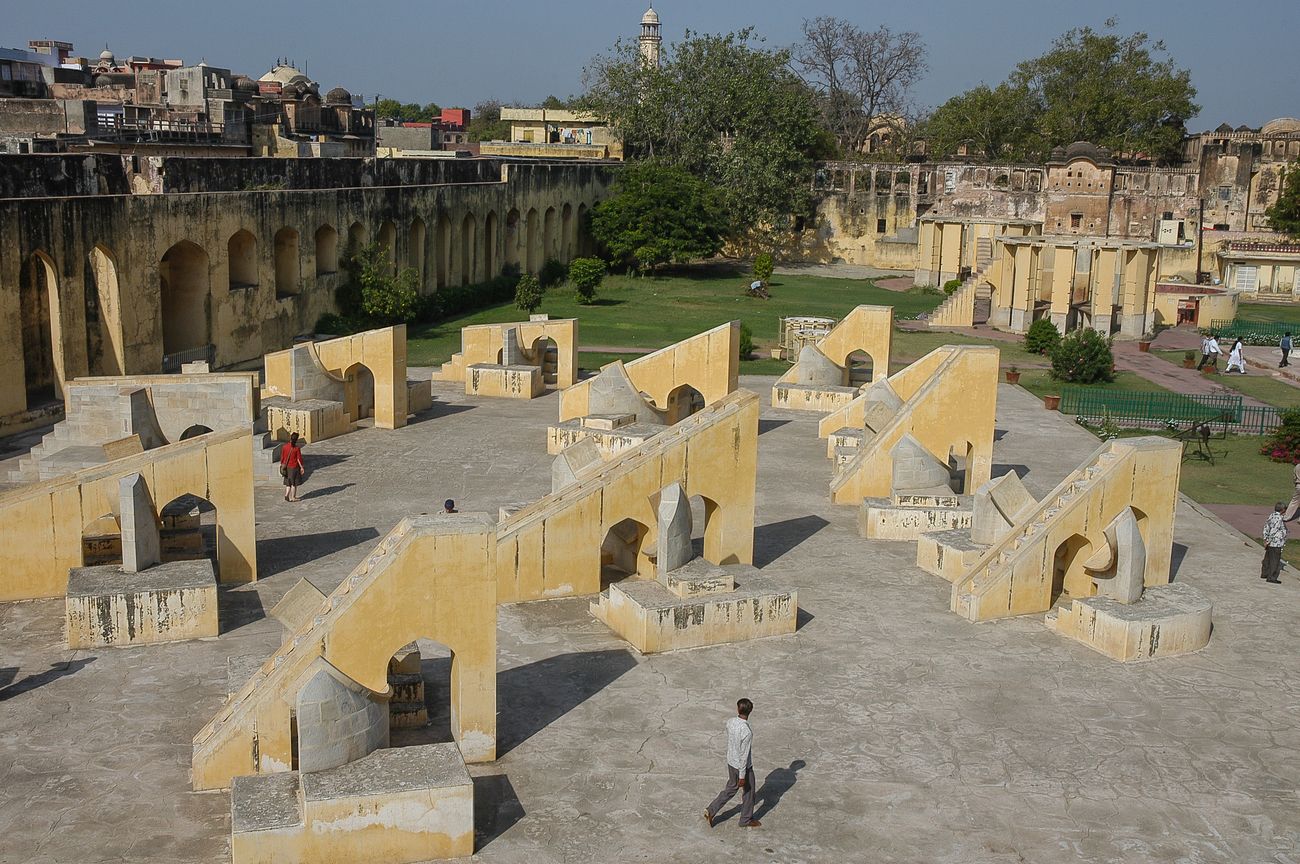
Each of the 12 constructions of Rashi Valaya Yantra represents a zodiac sign and together they are used to measure the movement of the zodiac through the meridian. Although they look similar, resembling Samrat Yantra, they are all mathematically different. This combined instrument is found exclusively in the Jantar Mantar in Jaipur © Salvador Aznar / Shutterstock
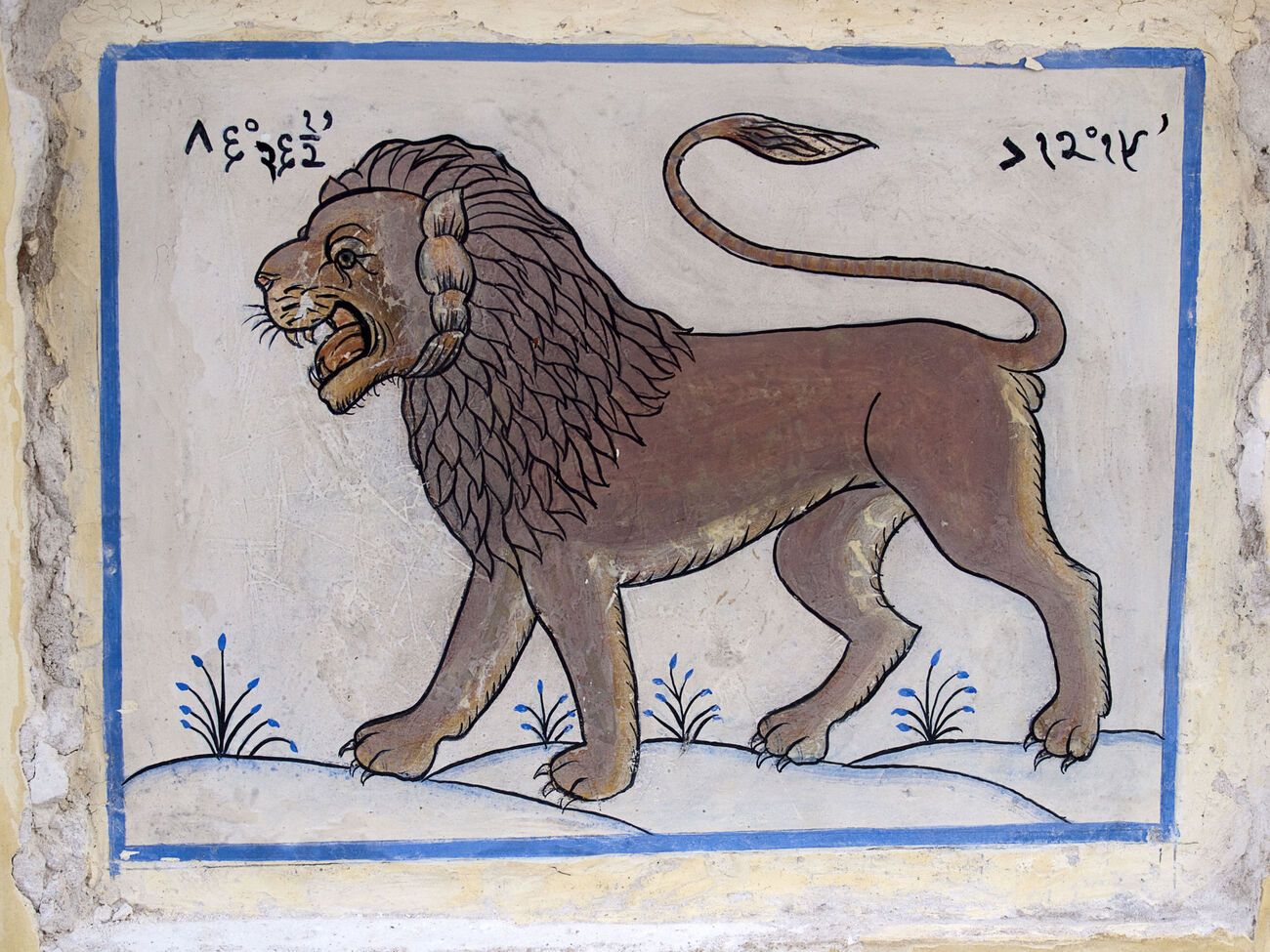
Leo zodiac sign in one of the 12 zodiac Yantras of the Rashi Valaya Yantra at the Jantar Mantar astronomical observatory, Jaipur. The painting dates back to the time of construction in the 17th century but it underwent restoration in 1901 during the renovation © Gannet77 / getty Images
Jantar Mantar: An Insight into the Name and the Instruments
The name Jantar Mantar is a derivation from the Sanskrit words Yantra and Mantra, meaning instruments and formulae. The entire observatory is comprised of 14 geometric devices with functions such as:
• Measuring time
• Predicting eclipses
• Tracking star locations during the earth’s orbit
• Ascertaining planetary positions
• Gauging celestial altitude
Each of these instruments is fixed and is designed to perform a specific astronomical task. While most of these have been constructed using locally available stones with markings in marble, some are made of bronze. One needs to understand that these instruments came into existence long before the modern telescope was invented; hence, the devices have been designed for observations made with the naked eye. Each of these Yantras is massive in size and inspires awe.
The many sundials and mapping systems that predict planetary movements are essential for the creation of accurate almanacs, which are important in Hindu traditions. It is according to the planetary positions that Hindus decide on auspicious dates for marriages and religious rituals. Based on the time of birth, these instruments would aid to create accurate horoscopes for the subjects of Maharaja Sawai Jai Singh.
The Most Prominent of the Yantras
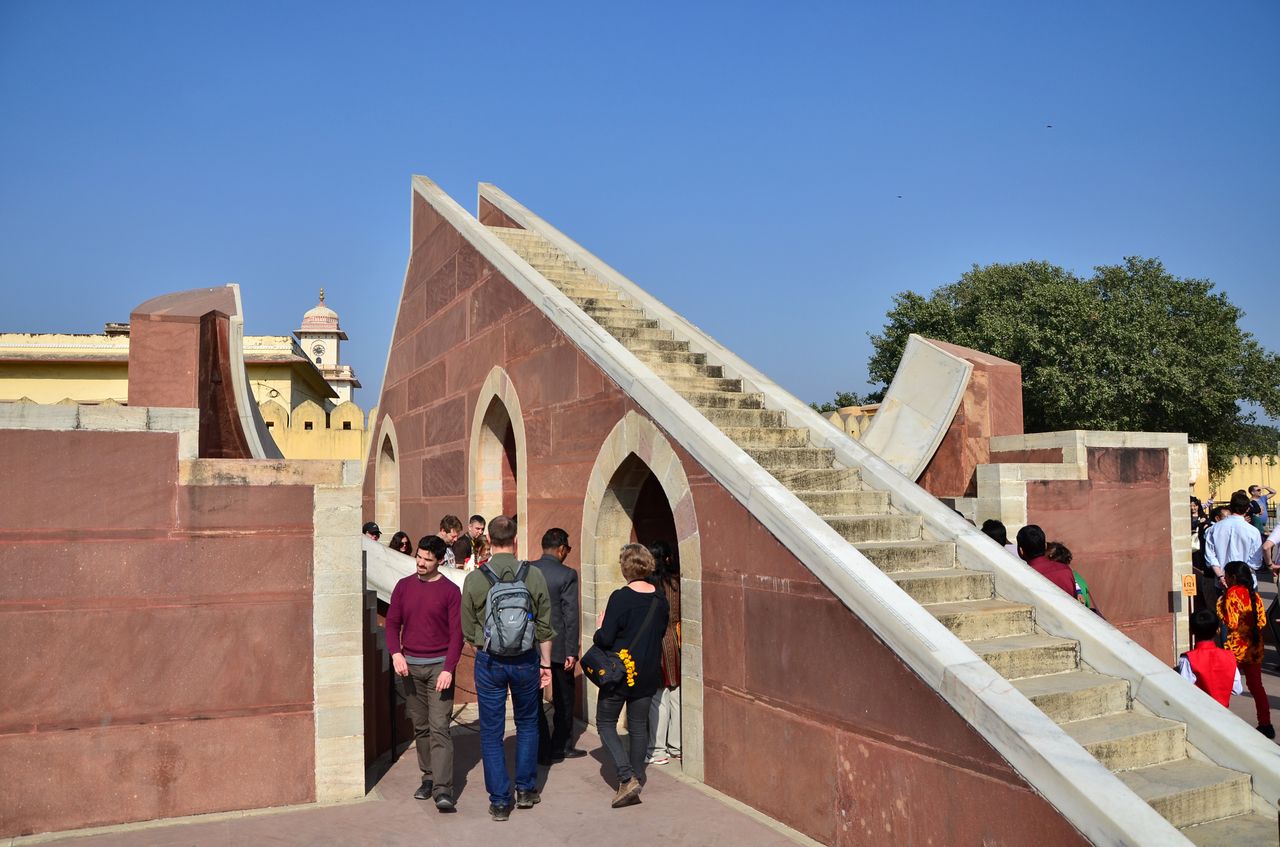
In the picture is the smaller of the two Samrat Yantras, called the Laghu Samrat Yantra closest to the entrance into Jantar Mantar. The second, located in the opposite diagonal corner is of enormous proportions and although on a larger scale, they work on the same principle. The triangular wall of each instrument is aligned with Jaipur’s axis, providing it with a perfect alignment of north-south. When the shadow of this line falls on the hemispherical curves on both sides it gives the time in Jaipur. Being larger, the bigger instrument is accurate to 2 seconds, while the smaller one has an accuracy of 20 seconds. It is alleged that the smaller one served as a test model for the larger instrument. Although one of the simpler instruments, it is nevertheless a fascinating sight to see the sun move along the instrument on a clear day.
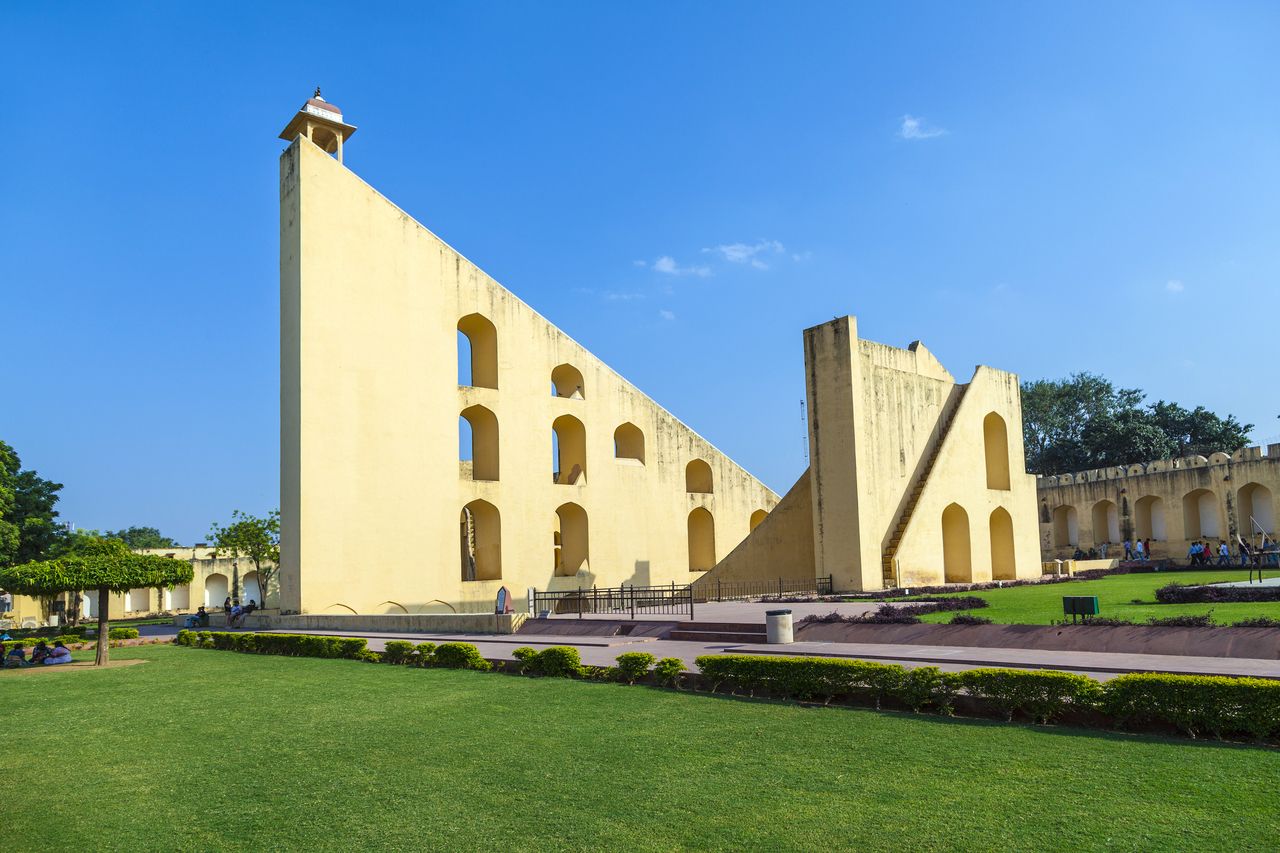
Vrihat Samrat Yantra deserves the name of Supreme Instrument. Standing 27m/88ft tall, it is not too different from sundials created hundreds of years earlier, but because of its size and construction was by far the most accurate at the time, measuring the local time with an accuracy of two seconds © travelview / Shutterstock
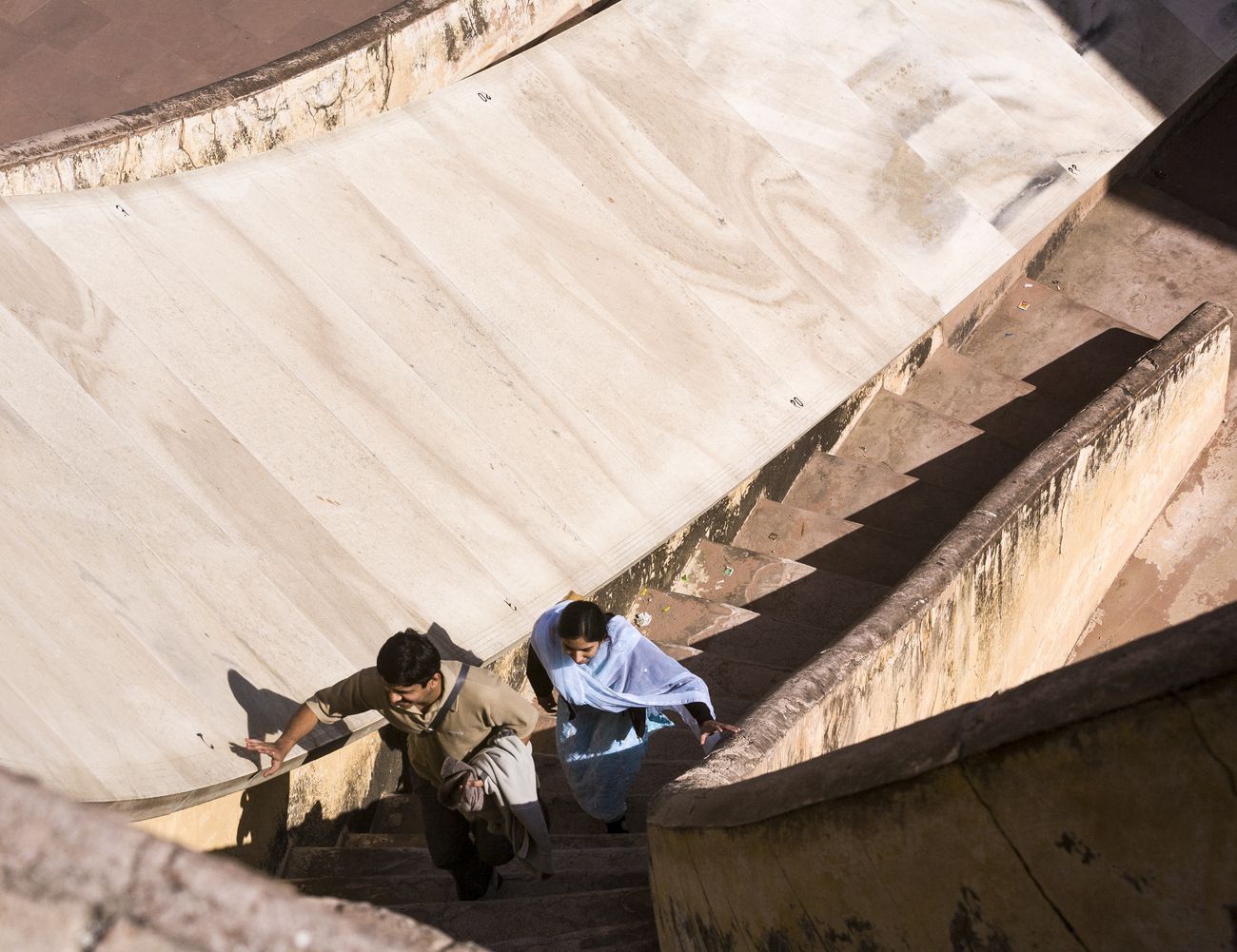
Local visitors scale the steps next to the Vrihat Samrat Yantra, the largest sundial built in stone in the world. The face of the instrument is angled at 27 degrees, the precise latitude of Jaipur. It forms part of Jantar Mantar, an astronomical observatory completed in 1734 © AG-ChapelHill / getty Images
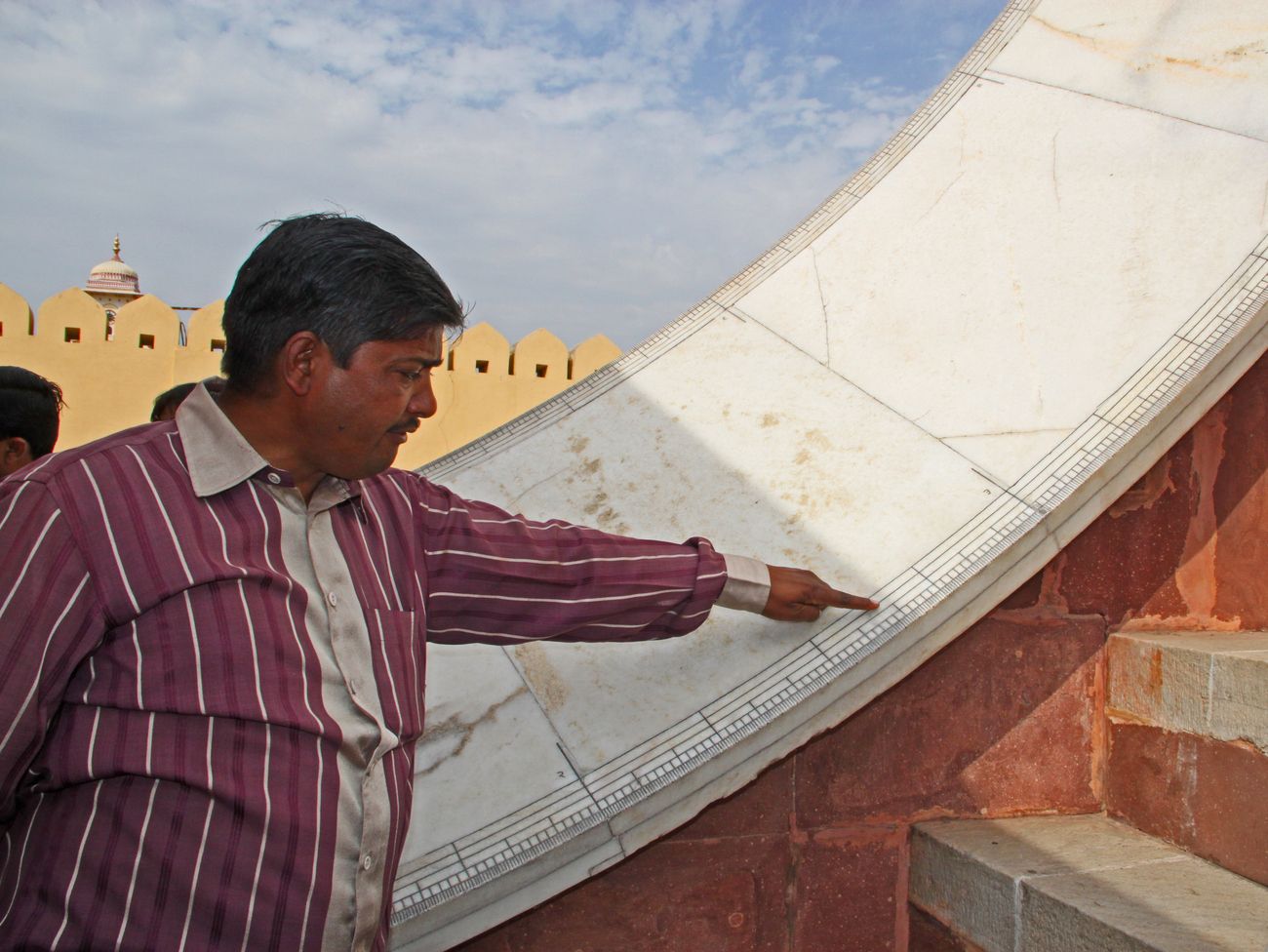
A guide explains how the Small Samrat Yantra tells time to the accuracy of 20 seconds © Goddard_Photography / getty Images
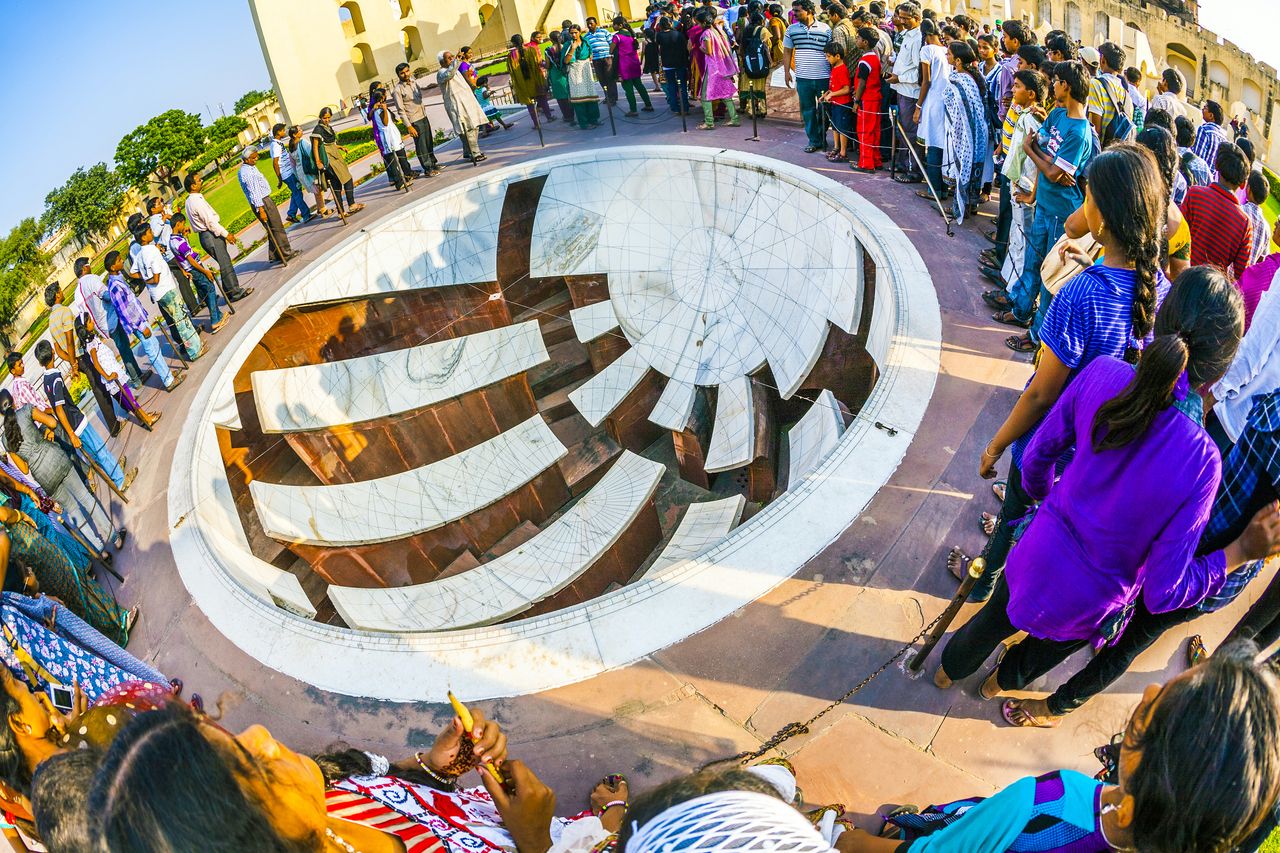
The most intriguing and complex of the astronomical instruments at Jantar Mantar is Jai Prakash Yantra. To start with, it is an elegant looking Yantra with curved slabs in marble above red sandstone set in the ground. It consists of two separate near-identical bowls, partly beneath and partly above ground level. When superimposed onto one another, they will form a continuous surface. Steps lead down to the segmented interiors to facilitate readings to measure altitudes, declinations and hour angles. The hemispheres are divided into 15 degrees or one hour sectors. After one hour, the observer can continue his work by moving to the twin instrument © travelview / Shutterstock
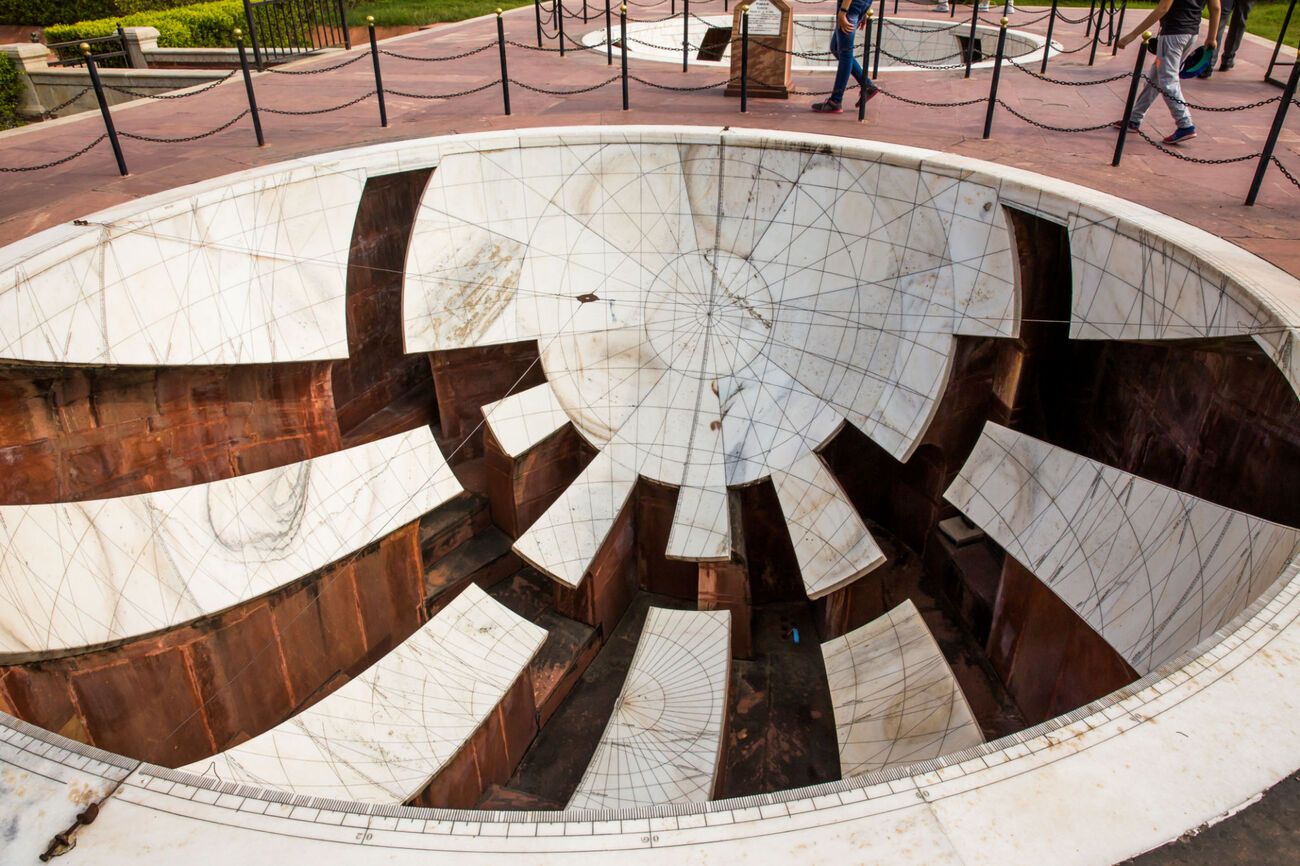
Directly above the Jai Prakash Yantra’s center is a piece of metal with a circular hole in the middle, suspended from a taut crosswire. The shadow cast by this piece of metal makes solar measurements possible during the daytime. It is also used for nighttime observations © Anton_Ivanov
Jai Prakash is a complex structure comprised of two hemispherical bowls that form a sundial and in its inner concave side certain coordinates are mapped. They recreate inverse images of the skies above, allowing the observer to move within and take astronomical readings. Its hemispherical cross-wires are stretched across the diameter plane of the hemisphere and the key thing to observe is the shadow of the cross-wires on the hemispherical base. From these shadows, in relation to the coordinates marked, the sun’s position in the celestial sphere can be worked out.The Jai Prakash structure is a massive improvement over its predecessors found in European churches that date back to the Middle Ages and the Nanking Observatory of China. It is primarily based on the concepts by Berosus who was a Greco-Babylonian astronomer. Jai Prakash is a massive improvement over all its counterparts and is rich in its detail and versatility.
Mishra Yantra (Mixed Device) is a world clock that accurately predicts noontime in cities the world over. The device also has the distinction of being the only one that was not commissioned by Maharaja Sawai Jai Singh.
Rasivalaya is a conglomerate of 12 fixed-arm sundials that measure the ecliptic coordinates of celestial bodies. Each of the sundials is representative of the 12 zodiac constellations and becomes active only when they straddle the meridian.
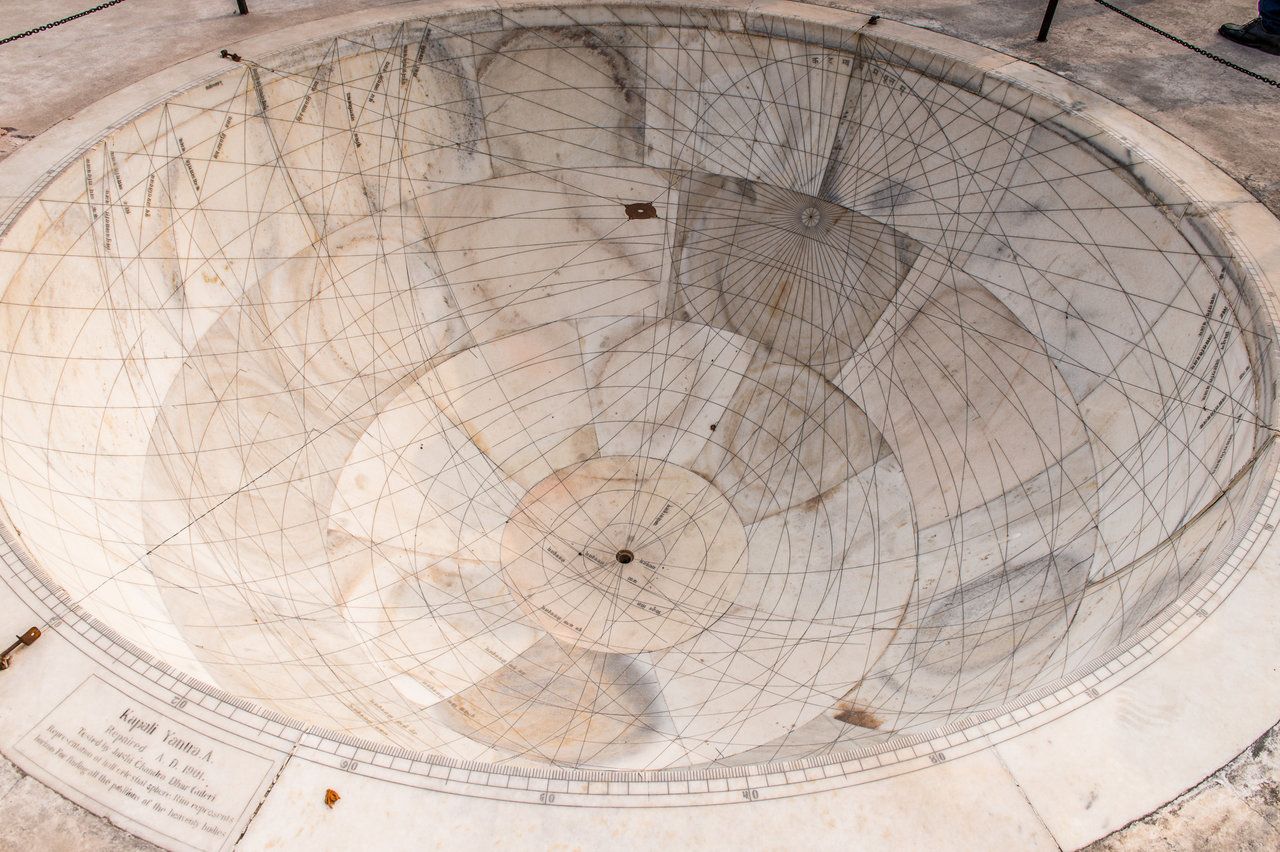
Kapali Yantra is possibly a prototype of the complex Jai Prakash Yantra. Each instrument of Jantar Mantar has its smaller prototype, giving a fascinating history of the experiments that went into the development of these accurate instruments. Moving around these first models feels like observing an interactive laboratory where the visitor can climb up the steps to take his/her own measurements and readings © Anton_Ivanov / Shutterstock
The masonry instruments at Jantar Mantar in Jaipur are in such good condition that they are still being used today. Samrat Yantra, for instance, is consulted every year on the full moon night of Guru Purnima, along with the ancient Sanskrit texts, to predict the onset of the monsoon. One of the instruments on display at Jantar Mantar and the City Palace Museum is a telescope, indicating just how aware the raja was of the latest technology of his time. For all his brilliance, however, Raja Sawai Jai Singh Il was touchingly ignorant on one little but all important point: He thought, till the end, that the sun revolved around the earth. There is more for you to discover when you visit Jantar Mantar in the beautiful Pink City, Jaipur. While Jantar Mantar is one of many attractions in the royal city, it is certainly among the most prominent.
Travel Tips
• The Yantras inside Jantar Mantar are functional between sunset and sunset, and that corresponds to the times the observatory is open to the public. It has been named a World Heritage Site by UNESCO
• Presently entrance tickets cost 60 rupees for locals and 300 rupees in foreign visitors
• Jantar Mantar lies next to the City Palace in the heart of Jaipur in close proximity to many other sites
• Generally, visitors spend 45 to 60 minutes visiting the observatory, but aficionados can easily take 3 hours or more to still their hunger for more knowledge of the celestial mysteries
• For the best experience, visit Jantar Mantar on a sunny, clear day
• Making use of the services of a knowledgably guide is highly recommended
• Children especially enjoy the experience, so take them along

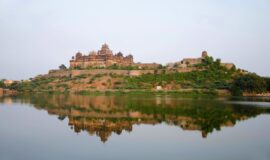

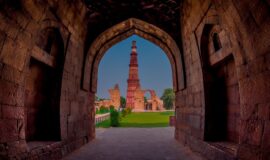


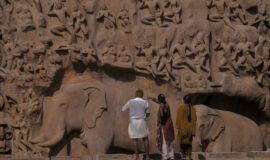
![Golden Triangle Tour with Goa [Culture + Beach Vacation] (12 days) Golden Triangle Tour with Goa [Culture + Beach Vacation] (12 days)](https://www.vacationindia.com/wp-content/uploads/2022/06/golden-triangle-tour-with-beach-vacation-270x160.jpg)
